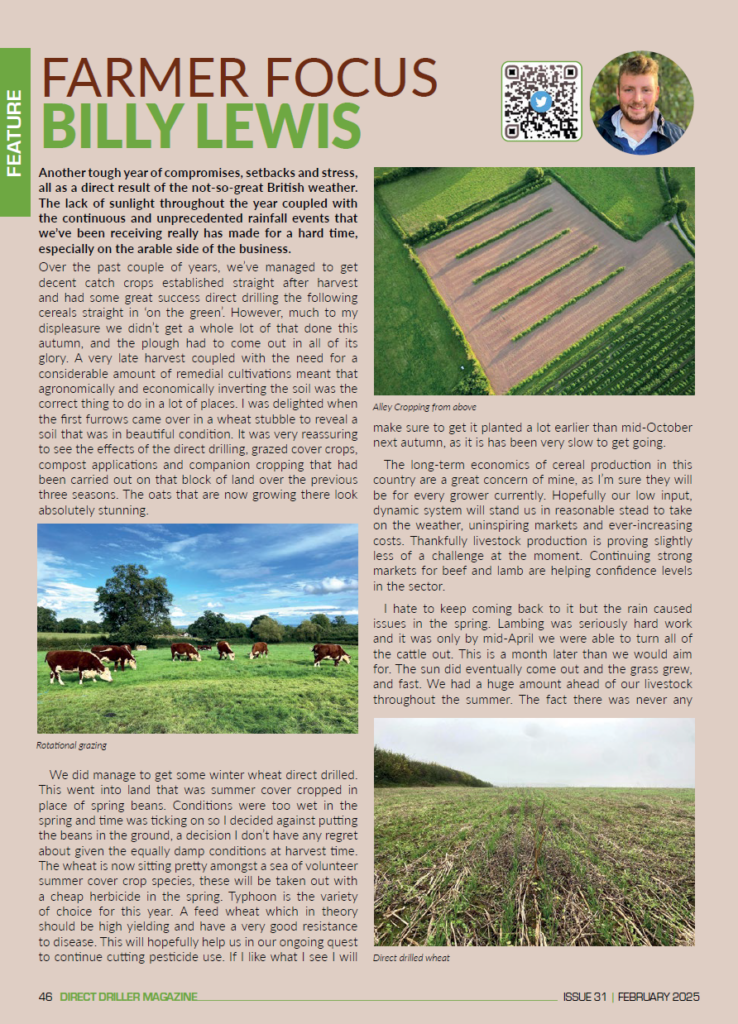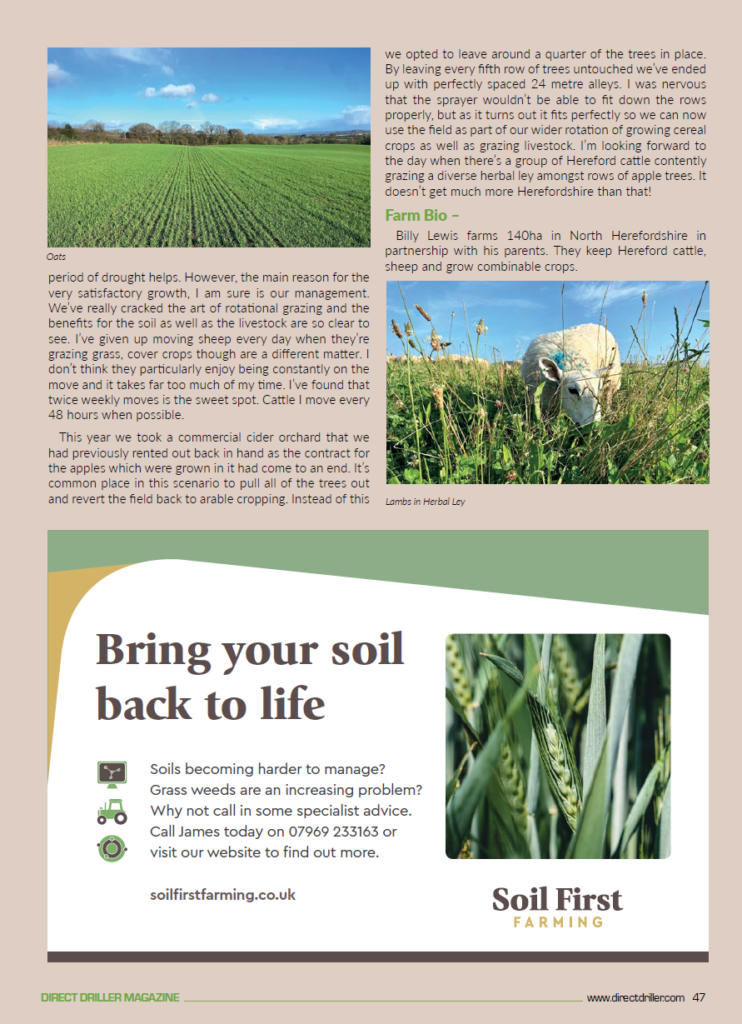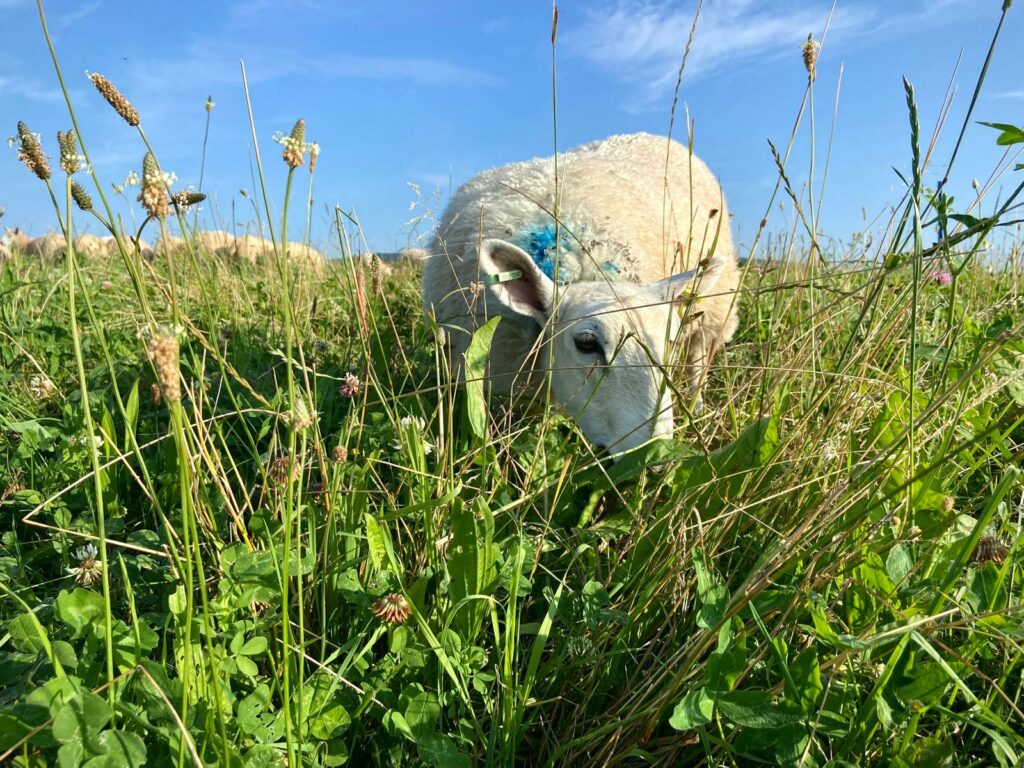Dec 2024
Another tough year of compromises, setbacks and stress, all as a direct result of the not-so-great British weather. The lack of sunlight throughout the year coupled with the continuous and unprecedented rainfall events that we’ve been receiving really has made for a hard time, especially on the arable side of the business.
Over the past couple of years, we’ve managed to get decent catch crops established straight after harvest and had some great success direct drilling the following cereals straight in ‘on the green’. However, much to my displeasure we didn’t get a whole lot of that done this autumn, and the plough had to come out in all of its glory. A very late harvest coupled with the need for a considerable amount of remedial cultivations meant that agronomically and economically inverting the soil was the correct thing to do in a lot of places. I was delighted when the first furrows came over in a wheat stubble to reveal a soil that was in beautiful condition. It was very reassuring to see the effects of the direct drilling, grazed cover crops, compost applications and companion cropping that had been carried out on that block of land over the previous three seasons. The oats that are now growing there look absolutely stunning.
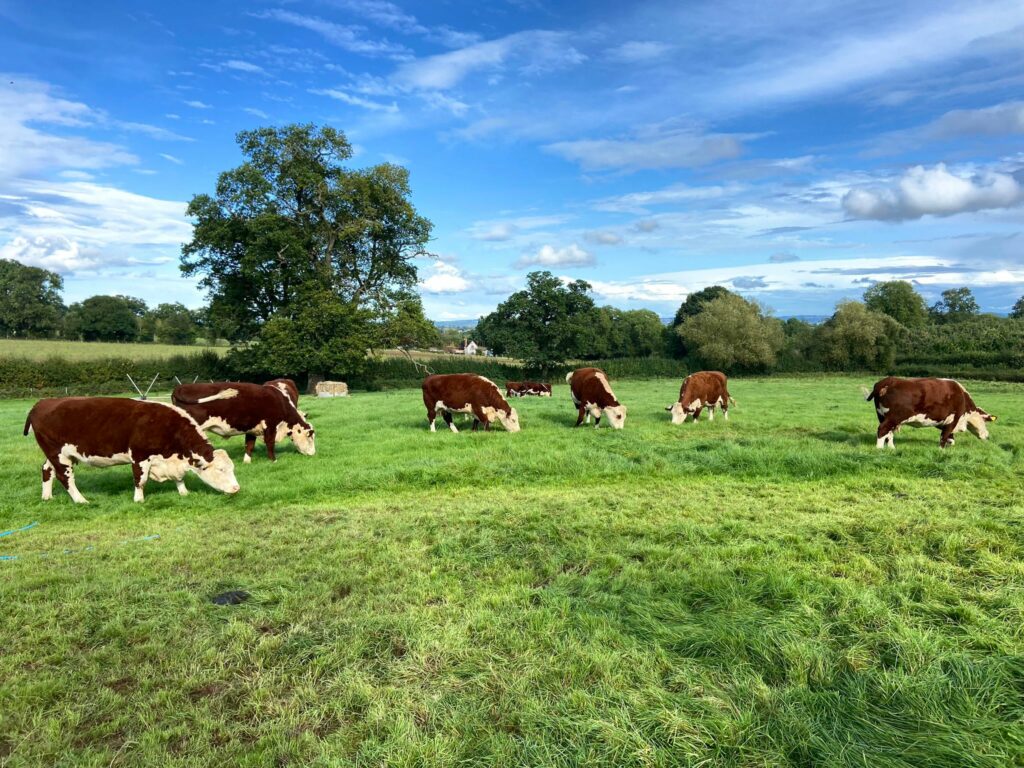
We did manage to get some winter wheat direct drilled. This went into land that was summer cover cropped in place of spring beans. Conditions were too wet in the spring and time was ticking on so I decided against putting the beans in the ground, a decision I don’t have any regret about given the equally damp conditions at harvest time. The wheat is now sitting pretty amongst a sea of volunteer summer cover crop species, these will be taken out with a cheap herbicide in the spring. Typhoon is the variety of choice for this year. A feed wheat which in theory should be high yielding and have a very good resistance to disease. This will hopefully help us in our ongoing quest to continue cutting pesticide use. If I like what I see I will make sure to get it planted a lot earlier than mid-October next autumn, as it is has been very slow to get going.
The long-term economics of cereal production in this country are a great concern of mine, as I’m sure they will be for every grower currently. Hopefully our low input, dynamic system will stand us in reasonable stead to take on the weather, uninspiring markets and ever-increasing costs. Thankfully livestock production is proving slightly less of a challenge at the moment. Continuing strong markets for beef and lamb are helping confidence levels in the sector.
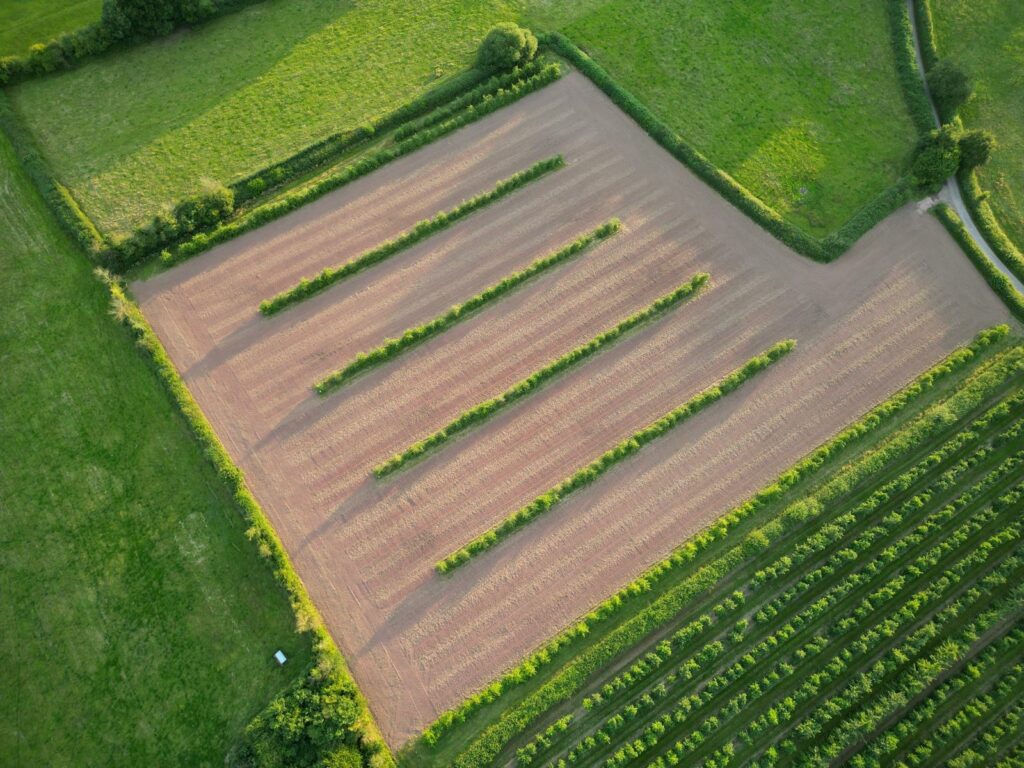
I hate to keep coming back to it but the rain caused issues in the spring. Lambing was seriously hard work and it was only by mid-April we were able to turn all of the cattle out. This is a month later than we would aim for. The sun did eventually come out and the grass grew, and fast. We had a huge amount ahead of our livestock throughout the summer. The fact there was never any period of drought helps. However, the main reason for the very satisfactory growth, I am sure is our management. We’ve really cracked the art of rotational grazing and the benefits for the soil as well as the livestock are so clear to see. I’ve given up moving sheep every day when they’re grazing grass, cover crops though are a different matter. I don’t think they particularly enjoy being constantly on the move and it takes far too much of my time. I’ve found that twice weekly moves is the sweet spot. Cattle I move every 48 hours when possible.
This year we took a commercial cider orchard that we had previously rented out back in hand as the contract for the apples which were grown in it had come to an end. It’s common place in this scenario to pull all of the trees out and revert the field back to arable cropping. Instead of this we opted to leave around a quarter of the trees in place. By leaving every fifth row of trees untouched we’ve ended up with perfectly spaced 24 metre alleys. I was nervous that the sprayer wouldn’t be able to fit down the rows properly, but as it turns out it fits perfectly so we can now use the field as part of our wider rotation of growing cereal crops as well as grazing livestock. I’m looking forward to the day when there’s a group of Hereford cattle contently grazing a diverse herbal ley amongst rows of apple trees. It doesn’t get much more Herefordshire than that!
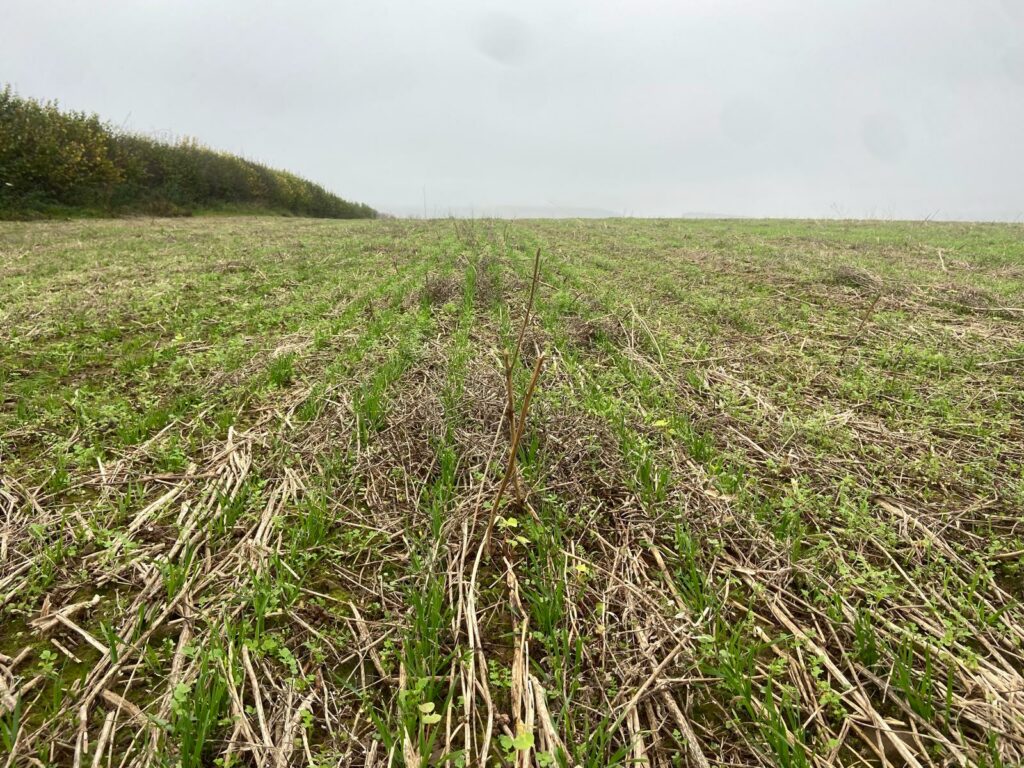
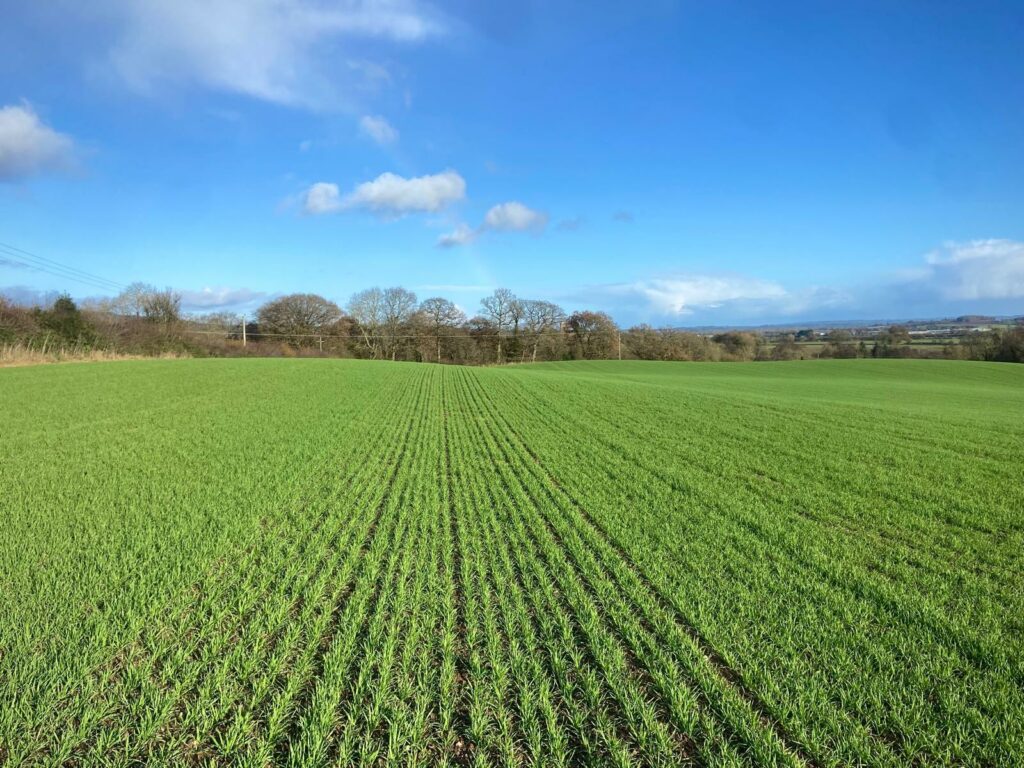
Farm Bio – Billy Lewis farms 140ha in North Herefordshire in partnership with his parents. They keep Hereford cattle, sheep and grow combinable crops. He also contract farms an additional 110ha.
